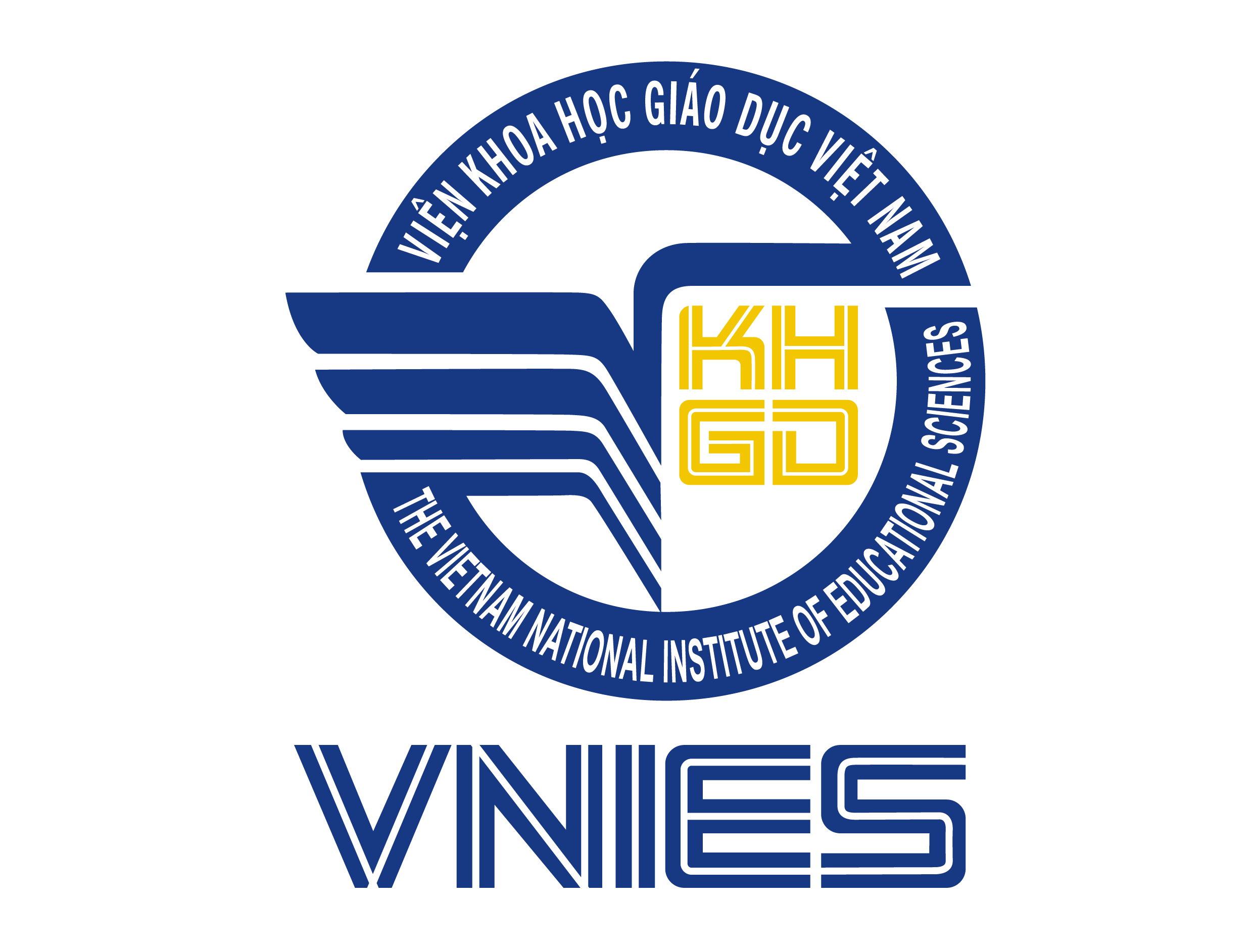[1] Cambridge University Press & Assessment. (2023). Active learning techniques. Retrieved from https:// learning.cambridgeinternational.org/profes sional development/mod/book/view.php?id=18506&ch apterid=7531.
[2] Caroti, P., Howell, S. & Dodgson, L.K. (2017. November 1). Let’s make our thinking visible. Oxford University Press. Retrieved from https:// teachingenglishwithoxford.oup.com/2017/11/01/ make-thinking-visible/
[3] Dajani, M. (2016). Using Thinking Routines as a Pedagogy for Teaching English as a Second Language in Palestine. Journal of Educational Research and Practice, 6(1), 1-18.
[4] Gholam, A. (2018). Student Engagement through Visible Thinking Routines. Athens Journal of Education, 5(2), 161-172.
[5] Gholam, A. (2019). Student Engagement through Visible Thinking Routines. Athens Journal of Education, 6(1), 53-76.
[6] Harmer, J. (2015). The Practice of English Language Teaching. Pearson.
[7] Harvard Project Zero. (2010). Research Projects: Visible thinking, Harvard Graduate School of Education. Retrieved from http://www.pz.harvard. edu/ projects/visible-thinking.
[8] Hoàng Văn Vân, Lương Quỳnh Trang, Nguyễn Thị Chi, Lê Kim Dung, Nguyễn Thùy Phương Lan, Phan Chí Nghĩa, Trần Thị Hiếu Thủy. (2023). Tiếng Anh 6,7,8, 9 - Global success. NXB Giáo dục Việt Nam.
[9] Holyoak, K.J., & Morrison, R.G. (1993). Thinking and reasoning: A reader’s guide. In K.J. Holyoak & R.G. Morrison (Eds.), Oxford Handbook of Thinking and Reasoning. New York: Oxford University Press.
[10] Liu, J., Davis, T., & Rizzo, S. (2008). Communication strategies 3. Cengage Learning.
[11] Oxford University Press. (2024). Focus on Visible thinking. Retrieved from http://www.oup.com/elt/expert
[12] Paul, D. (2010). Communication strategies 2. Cengage Learning.
[13] Paul, D. (2008). Communication strategies 1. Cengage Learning.
[14] Ritchhart, R. (2015). Creating Cultures of Thinking: The 8 Forces We Must Master to Truly Transform Our Schools. Jossey-Bass (A Wiley Brand).
[15] Ritchhart, R. (2015). Creating Cultures of Thinking: The 8 Forces We Must Master to Truly Transform Our Schools. Jossey-Bass (A Wiley Brand).
[16] Ritchhart, R., & Perkins, D. (2008a). Making thinking visible. Educational Leadership, 65(5), 57–61.
[17] Ritchart, R. & Perkins, D. (2008b). Journal of the Department of Supervision and Curriculum Development, N.E.A. Educational leadership, 65(5): 57-61
[18] Ritchhart, R. & Turner, T. & Hadar, L. (2009). Uncovering students’ thinking about thinking using concept maps. Metacognition Learning, 4, 145–159.
[19] Ritchhart, R., Church, M. & Morrison, K. (2011). Making Thinking Visible: How to Promote Engagement, Understanding, and Independence for All Learners. Jossey-Bass.
[20] Trần Thị Thanh Tú. (2023). Thói quen tư duy hữu hình và một vài ứng dụng trong lớp học tiếng Anh. Tạp chí Khoa học Giáo dục Việt Nam, 19(S1), tr.6-13. Xuất bản trực tuyến tại http://vjes.vnies.edu.vn/vi/thoiquen-tu-duy-huu-hinh-va-mot-vai-ung-dungtrong-lop-hoc-tieng-anh
[21] Wach, A. & Monroy, F. (2020). Beliefs about L1 use in teaching English: A comparative study of Polish and Spanish teacher trainees. Language Teaching Research, 24(6), 855-873.
[22] Warren, A. (2021). Visible thinking routines in the ELT Classroom. National Geographic Learning: in Focus.
[23] Warren, Alex. [National Geographic Learning] (2023, July 13). Visible Thinking Routines in the English Language Classroom. [Video]. YouTube. Retrieved from https://www.youtube.com/ watch?v=qNFOT3UVsIk.


